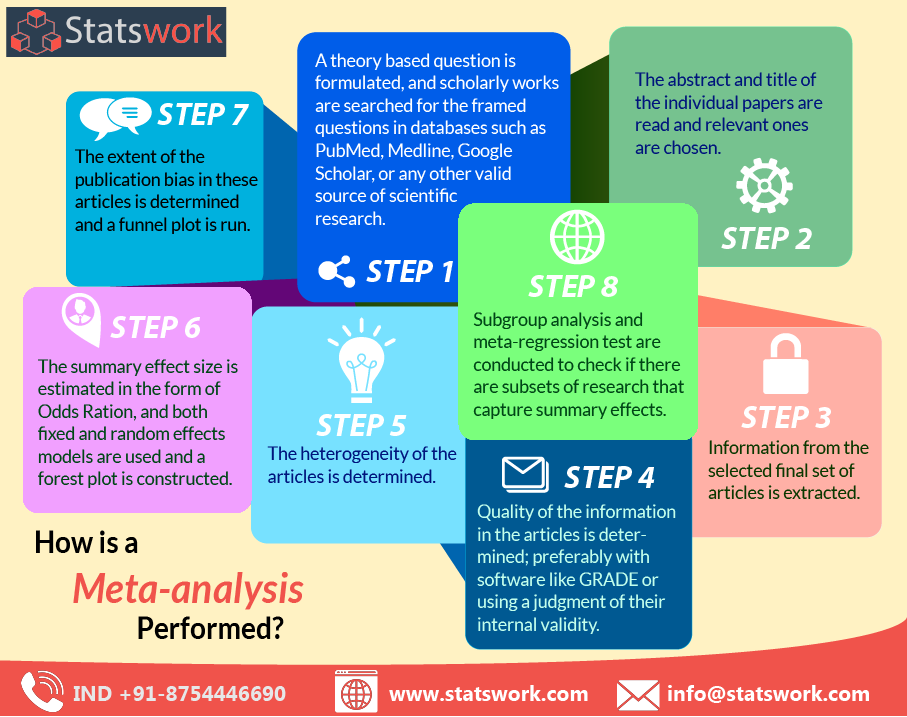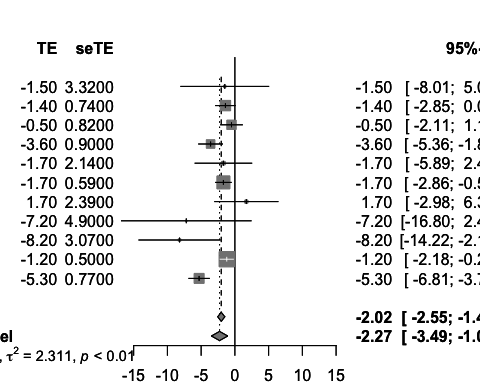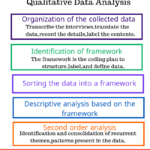How is a meta-analysis performed?
Meta-analysis is the statistical integration of conceptually similar studies to produce a weighted average closer to the true value which all studies intend to achieve, albeit with a certain degree of error due to various factors. The Meta-analysis is an analysis and integration of studies aiming to produce high quality evidence to a question. The following are the general steps involved in all meta-analysis procedure.
A theory based question is formulated.
An objective criterion for the inclusion of various studies is set. For framing a question for meta-analysis, PICO framework (Schardt et al., 2007) can be used. PICO- Participant, Intervention, Comparator, Outcomes.
Scholarly works are searched for the framed questions in databases such as PubMed, Medline, Google Scholar, or any other valid source of scientific research.
Based on the question formulated, relevant literature are chosen from various sources. The studies need to be conceptually similar and must be based on quantitative data.
The abstract and title of the individual papers are read and relevant ones are chosen.
This is done to narrow down which studies will suit the needs of the analysis. The process must be carried out with due consideration to the requirement of the study.
Information from the selected final set of articles is extracted.
Once which studies are to be analysed is finalized, information that will provide for the highest quality evidence, which meta-analysis is known for, is extracted by an attentive evaluation and synthesis process.
Quality of the information in the articles is determined; preferably with software like GRADE pro or using a judgment of their internal validity.
Each study must be appraised individually to check for its compliance with the internal validity criteria.
The following must be identified and verified:
- The theory and hypotheses of the research in consideration.
- The adequacy of the research question.
- The extent to which the bias is eliminated, including selection bias and information bias.
- The control of confounding variables.
Using GRADE (Grading recommendations assessment, development and evaluation) criteria is a great way to establish the quality of each article and GRADE-pro software for judging the quality of the outcome-intervention pairing.
The heterogeneity of the articles is determined.
Till this step systematic review and meta-analysis follow the same steps. But in a meta-analysis, there is an assumption that the studies have come from a population that is fairly uniform across the intervention and outcomes which needs to be satisfied. This leads to formation of one of the two models: fixed effects model or random effects model. (Hunter and Schmidt, 2000).
The summary effect size is estimated in the form of Odds Ratio, and both fixed and random effects models are used and a forest plot is constructed.
First, summary effect estimate is determined assuming both fixed and random effects model. Then, a Forest Plot to visually inspect how the effect estimates of each individual study are distributed around a null value but also around the overall effect estimates is constructed. Fixed and random effects models refer to the two assumptions: fixed effects model assume that the populations on which these studies are based are uniform enough to determine that these set of studies are sufficient to draw conclusions about the relationship between the exposure and the outcome; random effects model assume that while we can relax the assumption that the populations from where the studies arose were same and therefore these sets of studies were sufficient to draw our conclusions, the studies themselves form part of an interchangeable body of evidence.
The extent of the publication bias in these articles is determined and a funnel plot is run.
It’s time to test if there are biases that can impact the study conclusions. This means you will test whether your meta-analysis has omitted studies that should have been included (Dickersin, 1990). If a study is based on a large sample size and has reported positive findings, such a study has a higher likelihood of getting published and be identified through searches than a study that is small and has reported equivocal or negative findings (Thornton and Lee, 2000). As this phenomenon in the context of a meta-analysis or systematic review will indicate that our results are based on a selection of studies and a systematic exclusion of studies that are nonetheless important, this leaves room for bias. This bias is referred to as publication bias”.
Subgroup analysis and meta-regression test are conducted to check if there are subsets of research that capture summary effects.
There is a need for separate analysis of certain characteristics of the participants. This is called sub-group analysis or meta-regression, where a effect estimate of a specific variable of all participants is run and is a part of all meta-analysis.
To summarise, meta-analysis is the method of analysis where data from different conceptually similar studies are synthesized to arrive at a summary estimate. Meta-analysis and systematic reviews share certain similar steps while differing in certain others. It is important to perform subgroup analyses and meta-regression to test the summary effects’ change with different studies or different characteristics of participants. Meta-analysis provides for high quality evidence and forms the apex of the evidence pyramid.





 Previous Post
Previous Post